1. Dogs can see only in black and white – True or False?
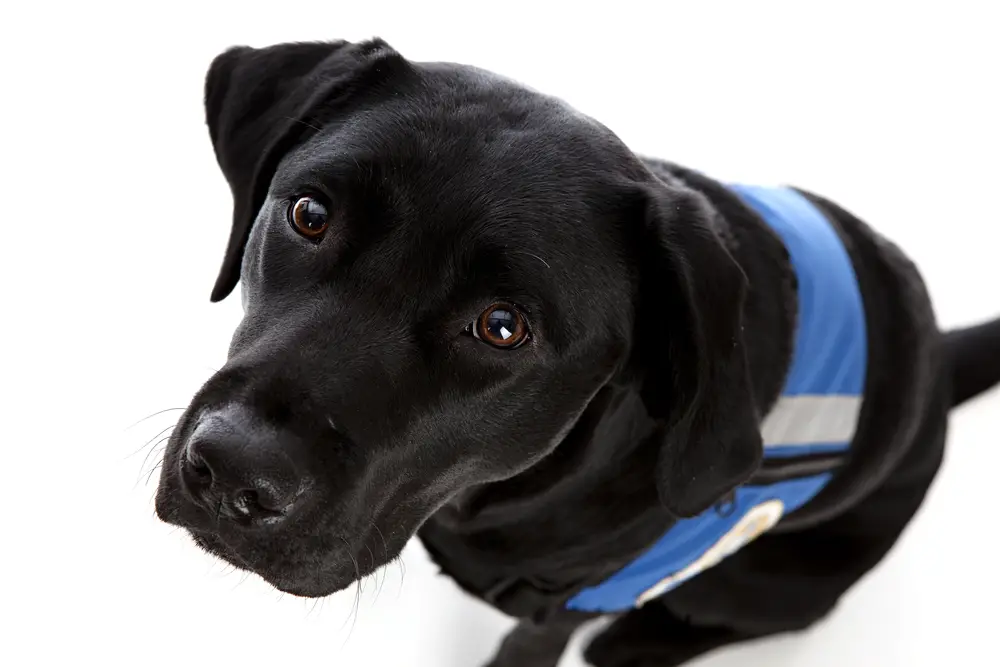
False! This is one of the most common misconceptions about dogs, but in reality, they do see color—just not in the same way humans do. While we have three types of color receptors in our eyes (red, blue, and green), dogs only have two (blue and yellow). This means their world is not completely black and white but more like a muted version of what we see, with shades of blue and yellow standing out the most.
If you’ve ever wondered why your dog loves certain toys more than others, their color vision might be the reason! A bright red ball may not stand out much to them, but a blue or yellow one? That’s a different story. So, the next time you’re picking out a toy for your pup, go for blue or yellow if you want to grab their attention!
2. Cats always land on their feet – True or False?

Mostly true! Cats have an incredible ability known as the “righting reflex,” which allows them to twist their bodies mid-air and land on their feet most of the time. This is thanks to their flexible spines and inner ear structures that help them sense which way is up. However, while this skill is impressive, it’s not foolproof—cats can still miscalculate and get hurt if they fall from too great a height.
Surprisingly, studies have shown that cats who fall from higher places sometimes suffer fewer injuries than those who fall from lower heights. This is because they have more time to correct their positioning and spread their bodies out to slow their descent, kind of like a parachute. So, while they’re great acrobats, don’t count on your cat always landing safely—keep those windows closed or secured!
3. Dogs have unique nose prints, just like human fingerprints – True or False?
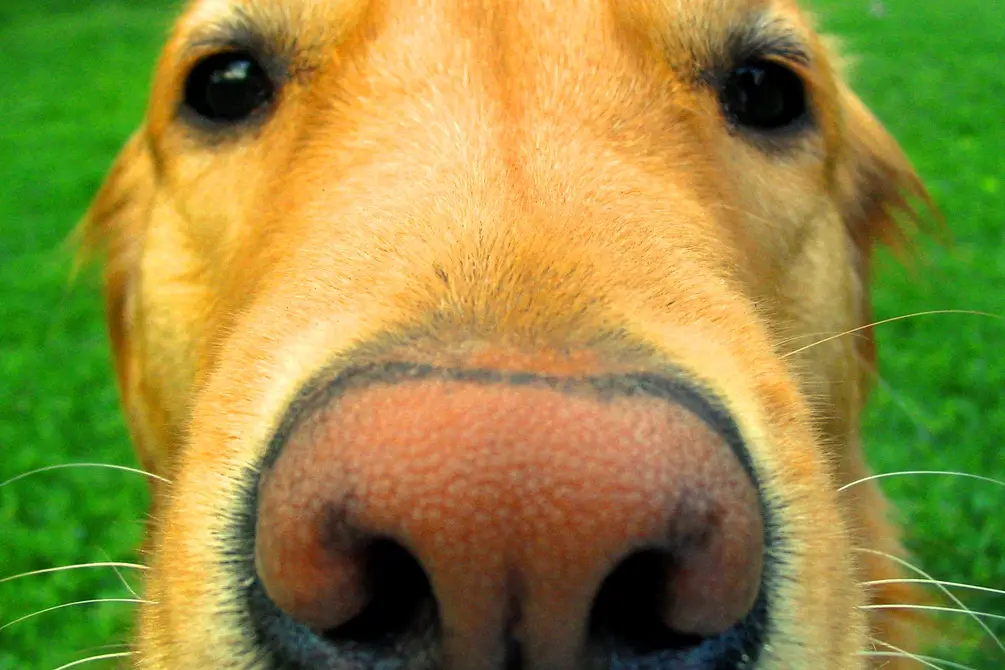
True! Every dog’s nose has a unique pattern of ridges and bumps, making it as distinct as a human fingerprint. No two dog noses are exactly the same, which means if there were ever a need for doggy crime scene investigations, their nose prints could be used to identify them!
Some organizations have even started using nose prints as an alternative way to ID dogs, rather than relying solely on microchips or tags. While this isn’t mainstream yet, it’s a fascinating example of how nature gives every pup their own unique “identity card.” So, the next time you boop your dog’s nose, just remember—it’s one of a kind!
4. Cats can’t taste sweetness – True or False?
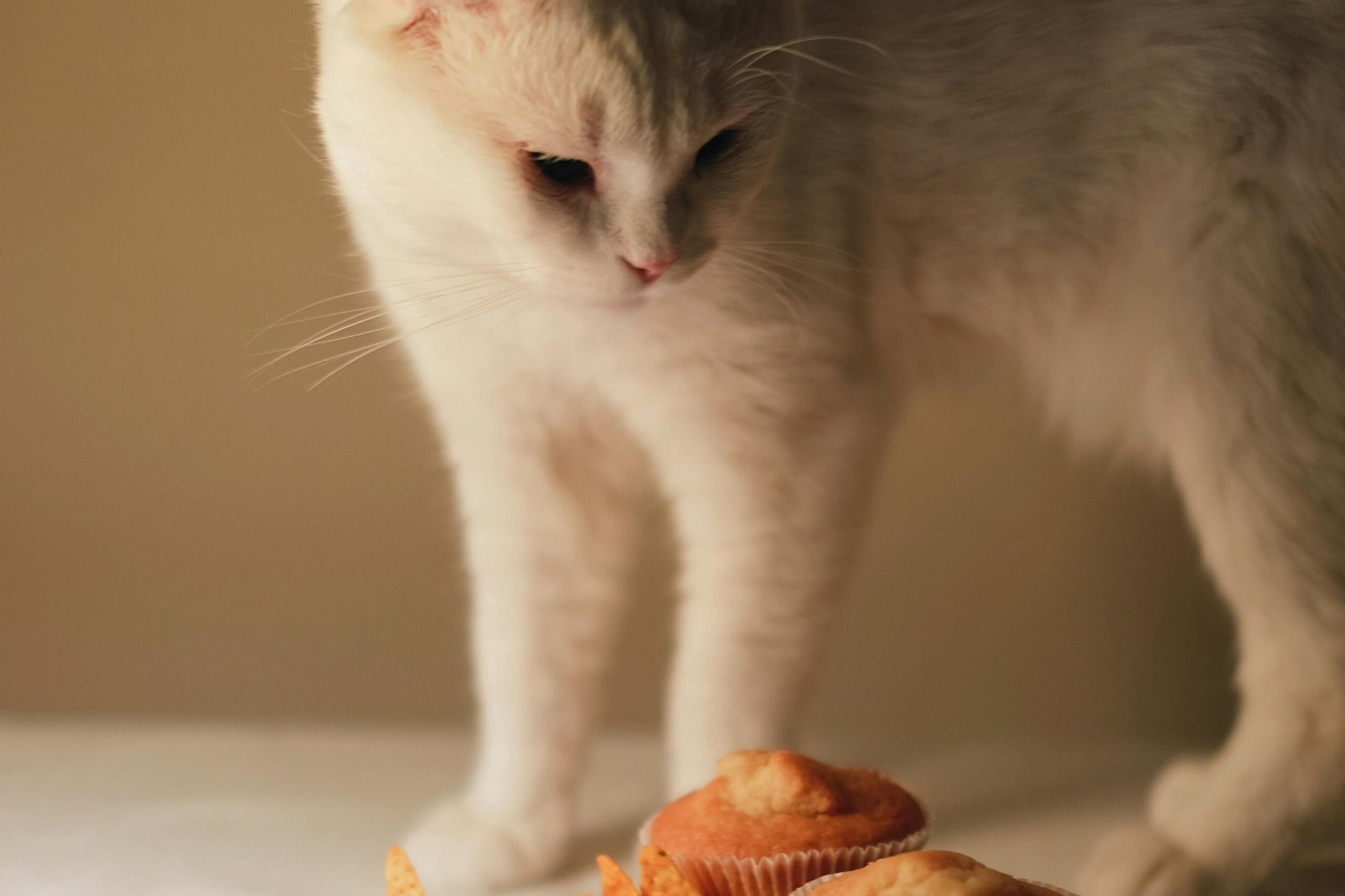
True! Unlike humans and dogs, cats lack taste receptors for sweet flavors. This means they don’t get the same pleasure from sugary treats as we do. Their taste buds are more geared toward detecting proteins, which makes sense since they’re obligate carnivores—meaning they require meat to survive.
If you’ve ever tried offering your cat a bite of your dessert and they gave you a look of pure disinterest, now you know why! They simply don’t have a sweet tooth. Instead, they’re far more likely to be enticed by the smell of meat or fish than a piece of cake.
5. A dog’s mouth is cleaner than a human’s – True or False?
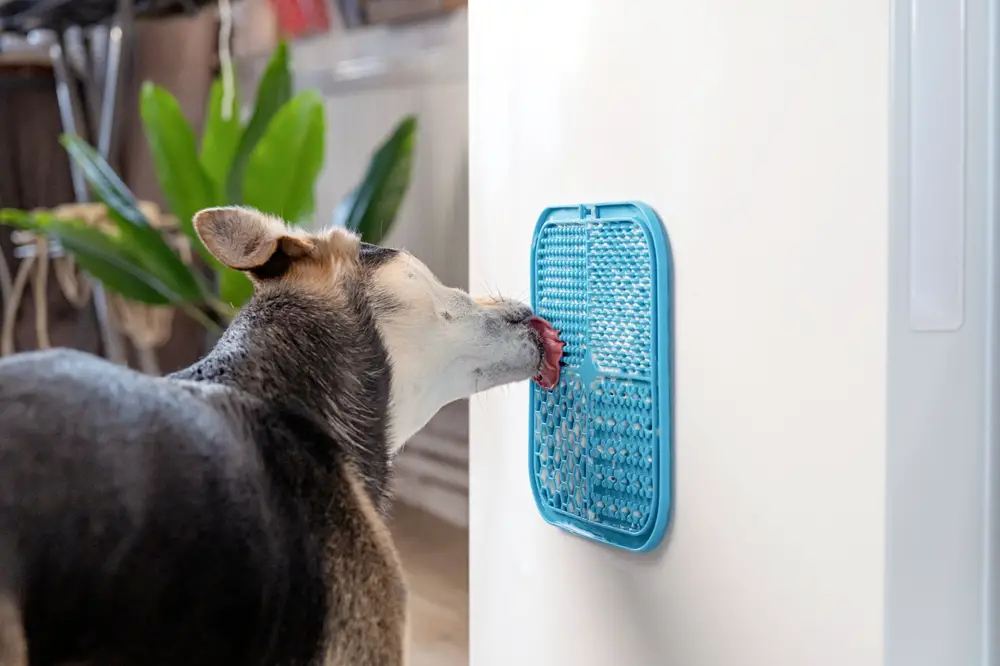
False! We’ve all heard this myth before, but the truth is a little… well, grosser. While dogs and humans have different types of bacteria in their mouths, neither one is necessarily “cleaner” than the other. In fact, your pup’s mouth is full of bacteria—some of which are harmless, while others could make you sick if transmitted through a lick or a bite.
Dogs use their mouths to explore the world, licking floors, eating random objects, and even cleaning themselves in, uh, less-than-hygienic ways. So, while your dog’s love licks might be adorable, they’re definitely not sterile! If you’re a pet parent who lets their dog kiss their face, just remember—those kisses come with a side of germs.
6. Cats can squeeze through any space as long as their head fits – True or False?
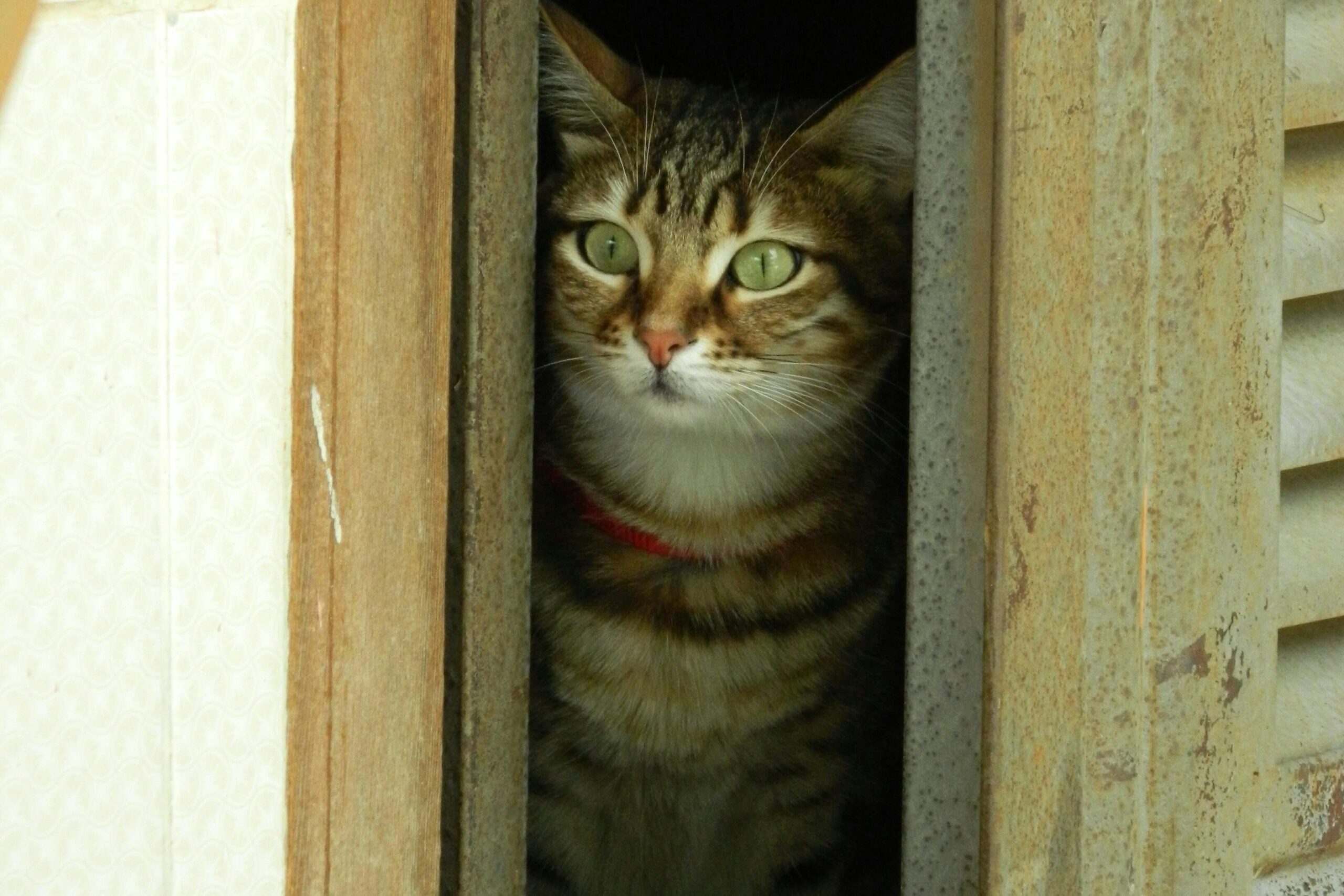
True! Thanks to their super-flexible collarbones (also known as clavicles), cats can contort their bodies in ways that seem almost supernatural. If their head can fit through a gap, their entire body can usually follow. This is why you’ll often see cats slipping through impossibly tight spots, whether it’s under a fence, between furniture, or into places they have absolutely no business being.
This amazing flexibility is part of what makes cats such excellent hunters. Their bodies are built for stealth and agility, helping them sneak through tiny openings to catch prey. But be careful—this skill also means they can escape from seemingly secure spaces, so if you’ve got a little escape artist on your hands, double-check your windows, vents, and doors!
Click here for more stories like this
7. Dogs dream just like humans – True or False?

True! If you’ve ever watched your pup twitch, whimper, or even “run” in their sleep, you’re witnessing their dreams in action! Studies have shown that dogs experience REM (Rapid Eye Movement) sleep, the same stage where human dreaming occurs. Scientists believe dogs dream about their daily activities, like chasing squirrels, playing with their favorite toy, or even reliving moments with their humans.
What’s even cuter? Some research suggests that smaller dogs dream more frequently than larger dogs, though big dogs might have longer dream cycles. So, the next time you see your pup acting out a dream, just know they might be having their own little adventure in dreamland.
8. Cats have more bones than humans – True or False?
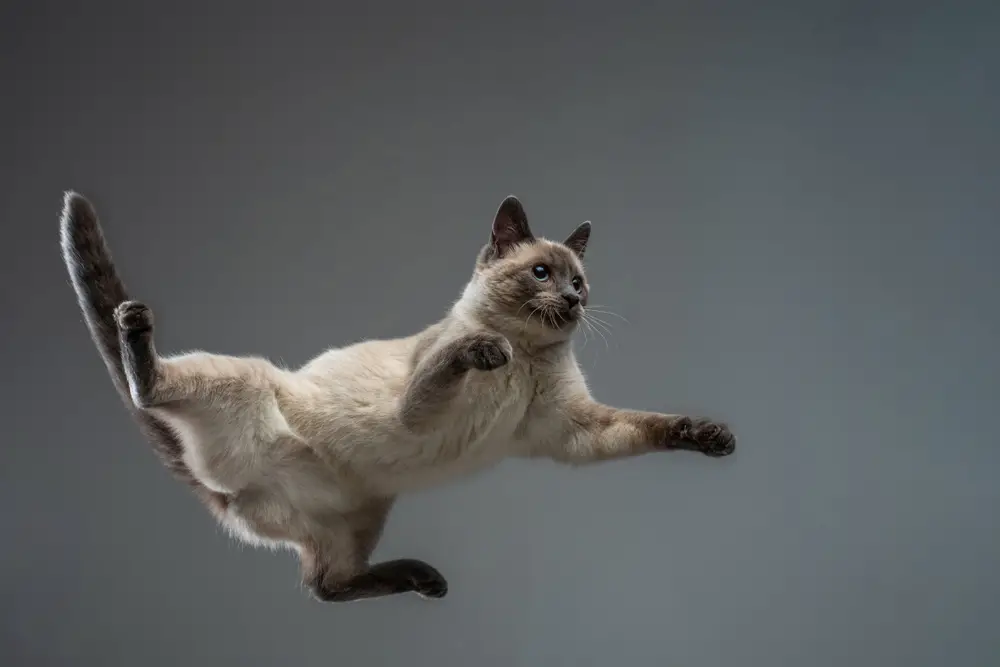
True! While the average human has 206 bones, cats have a whopping 230 bones in their tiny, agile bodies. The extra bones, particularly in their spine and tail, contribute to their incredible flexibility and acrobatic skills. This is why cats can twist their bodies mid-air, leap great distances, and curl up into ridiculously small spaces with ease.
Their unique skeletal structure also makes them excellent climbers and jumpers. A cat’s back legs are built for power, allowing them to jump up to six times their body length in a single bound. So, the next time your cat effortlessly scales a bookshelf, remember—they’re basically tiny, four-legged gymnasts.
9. A dog’s sense of time is more accurate than we think – True or False?

True! While dogs don’t read clocks like we do, they have an impressive internal sense of time. Ever wonder how your dog seems to know exactly when it’s dinner time or when you’re supposed to come home? It’s because dogs can pick up on routines, light changes, and even scents that fade over time.
Some studies suggest dogs can even tell how long you’ve been gone based on how much of your scent has dissipated in the house. So, when your pup greets you like you’ve been away for years—even if it was just 30 minutes—they might actually have a good reason for it!


